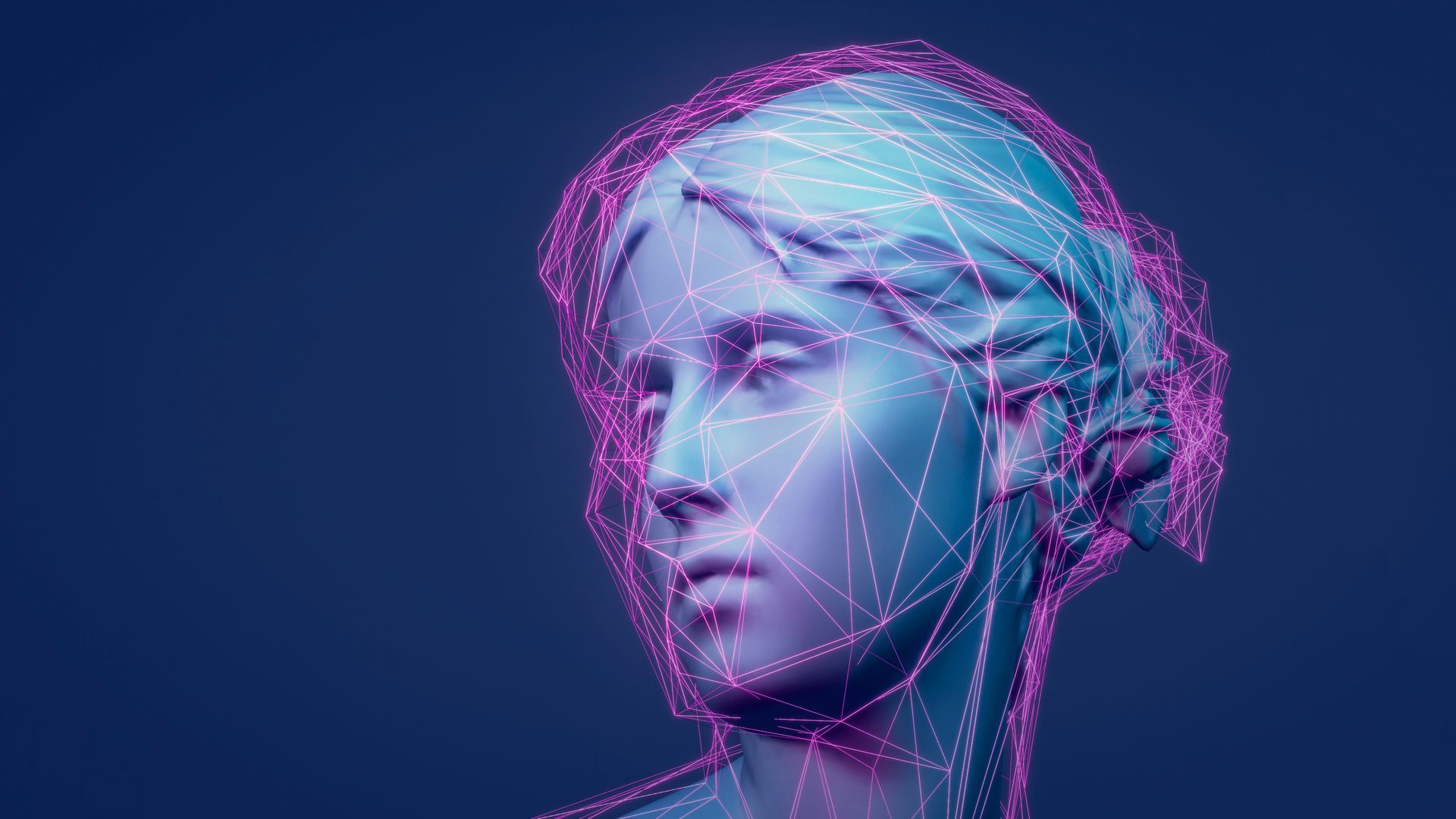Human Potential in the Age of AI

Human Potential in the Age of AI
Exploring "Human Potential in the Age of AI" is certainly a hot topic leading into 2024.
I loved reading Accenture's Life Trends Report (2024) this year as the insights were so interesting. In summary, the research indicates that the harmony between people, technology and business is showing tensions, and society is generally in a state of flux (Accenture, 2024).
The report also noted the decline of customer obsession, and the influence of generative AI leading to a stagnation of creativity as we balance tech benefits with life goals (Accenture, 2024).
They do note however that there are plenty of opportunities for business and brands in the coming twelve months and beyond if they can harness technology and leverage human potential (Accenture, 2024).
These opportunities were defined in the Australian Financial Review this week that reported on “How Top Companies are Using AI Every Day” to drive efficiency, productivity, and safety. (Niesche, Christopher, 2024).
The article features Treasury Wine Estate’s application of AI and robotic technology and discussed the use of autonomous tractors to carry out simple tasks such as spraying the vines which protects workers. Tractors are also equipped with cameras that collect real-time data on the health of the vines so that water and spraying is targeted (Niesche, Christopher, 2024).
Further to this, Mercer’s Global Talent Trends Study (2024) found that 58% of Australian executives expect productivity to lift over the next three years by over 30% due to artificial intelligence. Yet, 64% believe technology is advancing faster than their companies can retrain workers, 41% of whom have reported feeling exhausted and generally overwhelmed by technology and too much "busy work" (Mercer, 2024).
Given these data points we felt compelled to explore “Human Potential in the Age of AI" and last week
Think Talent partnered with
Peta Taylor from
The Karuna Collective, to facilitate a dynamic conversation to promote fresh thinking and knowledge sharing across a diverse group of leaders within our valued collective.
We were interested in gaining current and unique perspectives, so the room was curated to include voices from a spectrum of industries and organisations that underpin the Australian economy. We spoke with executive leaders from People & Culture, Marketing, Technology and AI Innovation across sectors included banking, telco, health services, agriculture, technology, logistics and travel.
The conversation was dynamic and below are some important insights gleaned:
- The use of Robotics and automation is not a new concept, however generative AI and its potential are still being defined. ChatGPT and Autopilot are the most understood applications, however it was clear with an AI Coach in the room that even these tools are not being used to their full potential the intelligence and useful application depends greatly on how you engage with them.
- Organisations are still working through this strategic problem and are challenged with how to best apply AI and rapidly emerging technology within their unique context. Whilst there is a degree of play and experimentation particularly around automation and augmentation happening, we are long way from strategic and considered application that maximises the potential and harnesses the risk.
- Leaders are worried about risk, ethics, trust, and the true value of the human capability in their organisations so steering and advisory committees are necessary to explore these issues further.
- Leaders expressed concern regarding potential social consequences, including loss of skill, mastery and particularly jobs that may impact the livelihood of many Australians whilst embracing AI and automation.
- AI leadership capability development is required at all levels of an organisation from Grad to Exec and Board Members
- We need to learn how to interact, collaborate, and co-create with AI and harness its power to augment and hybridise how we work and deliver outputs.
- AI and emerging technology offer equaliser potential and the opportunity for people to improve their working experience and enhance uniquely humanistic capabilities such as creativity, strategic and efficient decision making, connection, storytelling, and self-autonomy.
- Leaders are time poor and need to prioritise learning, play and collaborations in and outside of their organisation to ensure they are leading technology, and technology is not leading them.
What a time for our kids to grow up in? The intersect between people, customer and technology is causing powerful shifts in terms of new job profiles, future-fit capability requirements, new ways of working and technology integrations.
Think Talent remains at the forefront of these discussions and will continue to bring the brightest minds together to unpick the big issues driving talent innovation and capability trends in this new world of work.
Want to be part of these discussions? Please reach out to us via contact@thinktalent.com.au.
Subscribe
Sign-up for latest job alerts, market insights and career advice delivered straight to your inbox.
Contact Us
Thank you for subscribing, look out for the latest career news in your inbox.
Oops, there was an error sending your message.
Please try aOops, there was an error sending your message.
Please try again later.gain later.
Think Talent © 2021 All rights reserved Privacy Policy | Terms of Business | Site Map | Made with 🤍 by Shazamme




